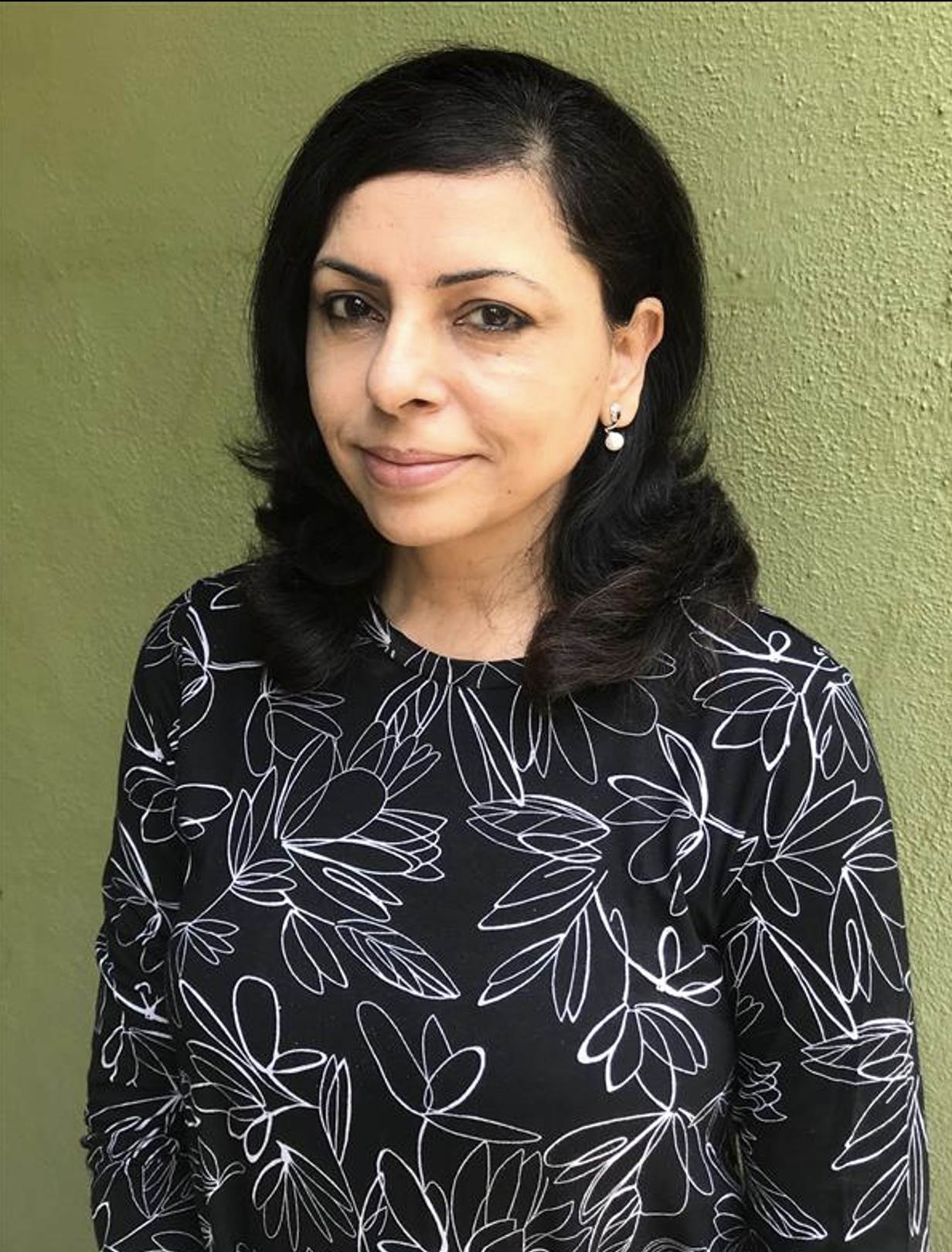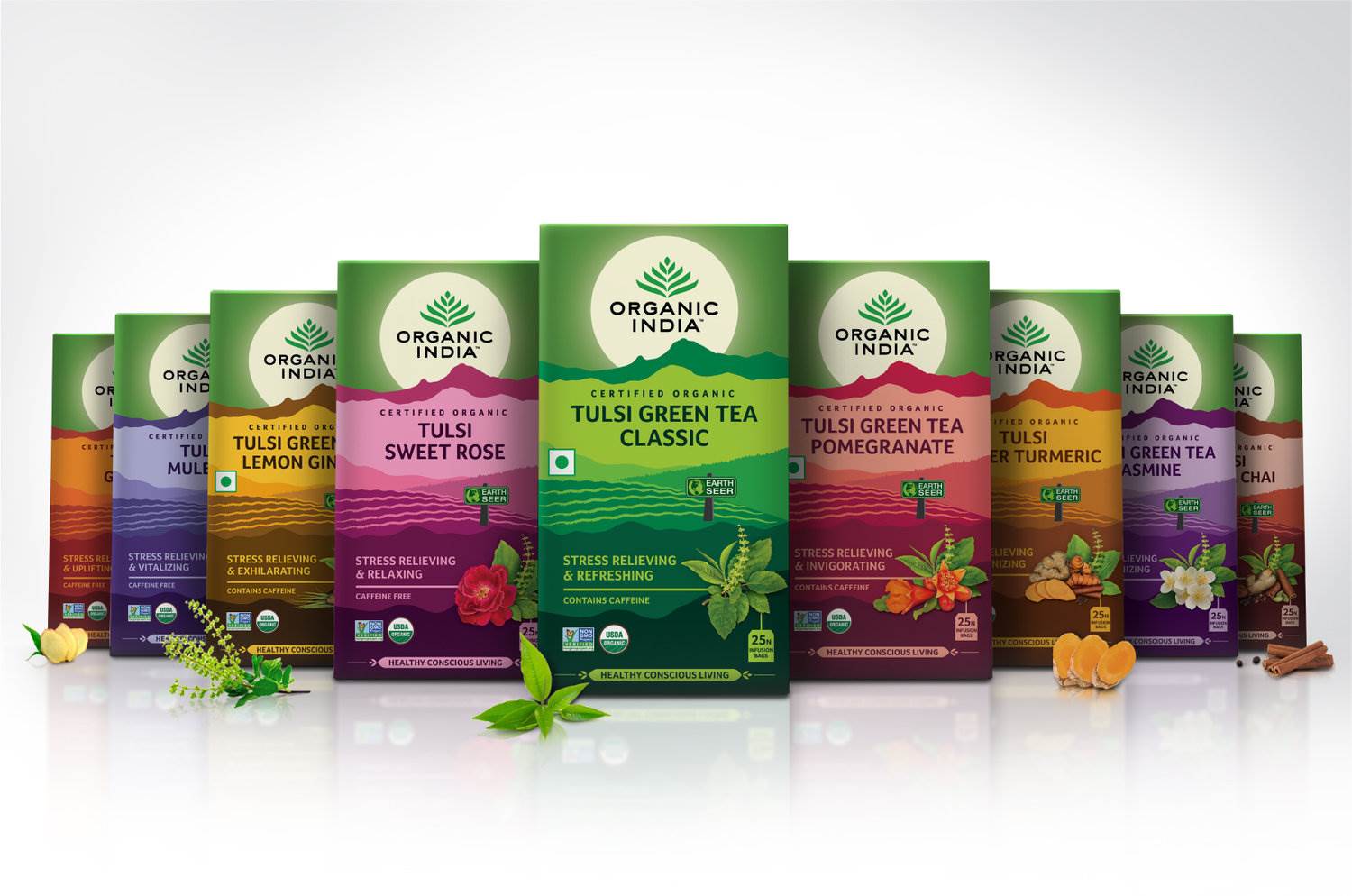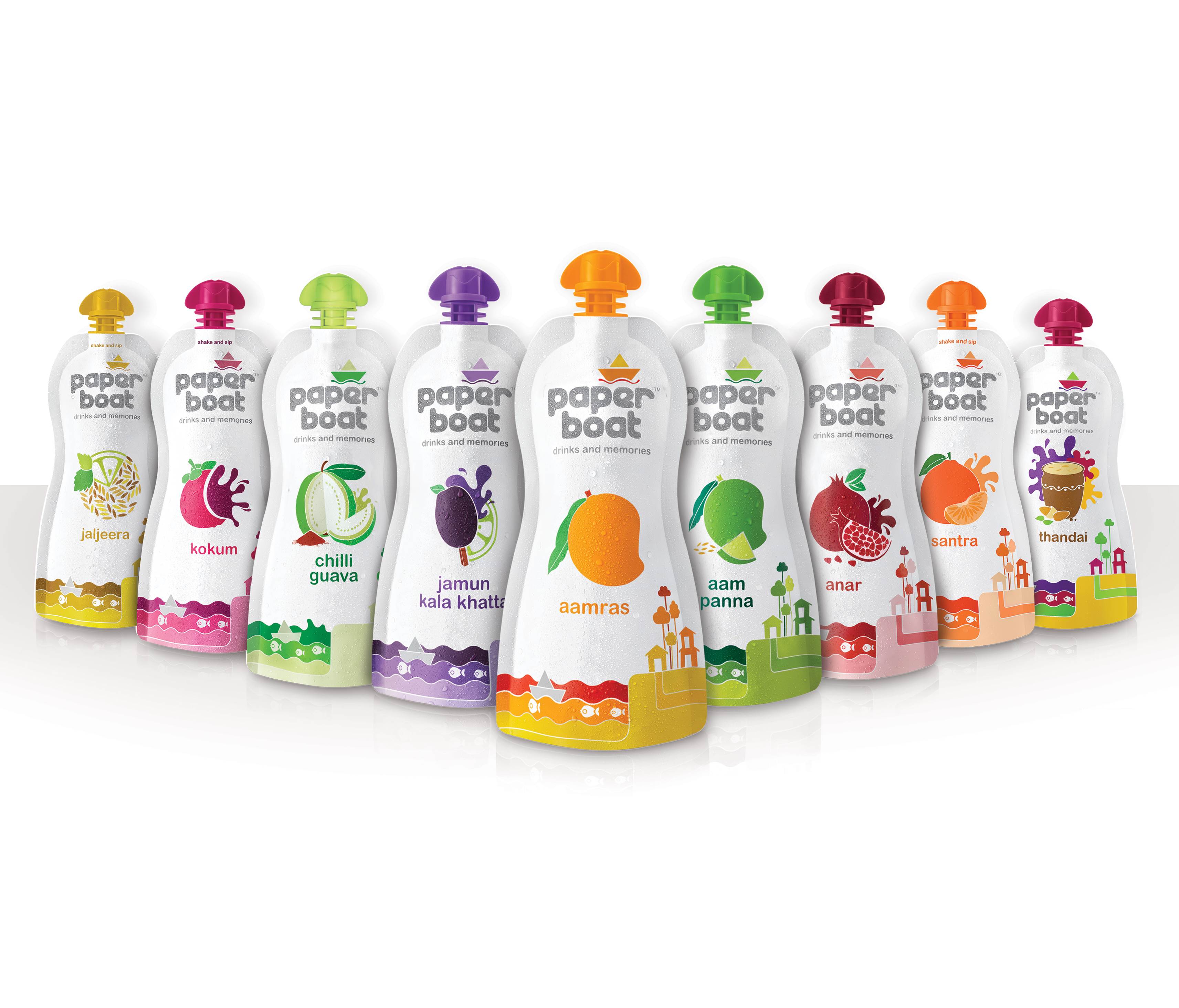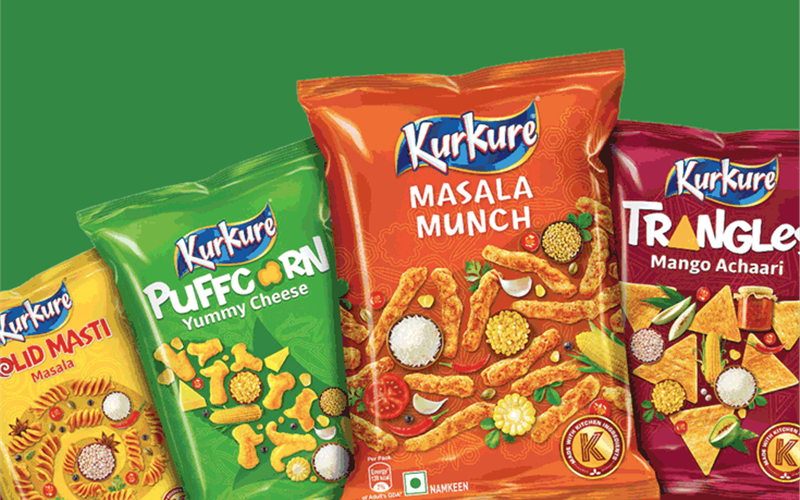First moment of truth for a brand is still the packaging
Ashwini Deshpande says “India has a large subsistence level consumer base. Moving to a packaged branded product itself is a self-appraisal. Design is not a luxury nor a cosmetic indulgence.” The co-founder and director of Elephant Design discusses design in the Covid era with WhatPackaging?
20 Aug 2021 | By Aultrin Vijay
Aultrin Vijay (AV): Two waves of the pandemic in over a year have brought drastic changes in our lives. This includes drastic changes in consumer behaviour. Your view?
Ashwini Deshpande (AD): We are making brand choices all day long, but we don’t wake up as “consumers”. However, as consumers, we certainly displayed a remarkable change in behaviour during the pandemic waves.
AV: What were the changes adopted internally during the first wave?
AD: The first wave of pandemic and subsequent lockdowns made way for only the essential supplies. Much of the brand loyalty vanished during this time as people wanted to get hold of whatever was available. Some budget-friendly brands were rediscovered and some new ones were added to the basket because of the unavailability of ‘premium’ ones.
AV: And the second wave…
AD: The second wave was very different from the first in terms of consumer choices since eCommerce was abundantly accessible. This made newer D2C brands reach potential consumers without any distractions. It also got large established brands to pull up their digital presence. New D2C brands that were born out of core needs and displayed purpose-driven personas had a level playing field.
AV: How did the pandemic affect Elephant Design?
AD: At Elephant, we had an interesting year. Technology played its role well and work continued from home with almost equal efficiency. We celebrated two subsequent anniversaries (31st & 32nd) in varying degrees of lockdown. We added new clients, retained many old ones, and won some international awards. Some quick design interventions made us feel proud as we could see them making a positive difference in the pandemic time. Some nimble-footed conglomerates entered new businesses and chose us as partners in their bets in the near future. Start-ups regained confidence and decided to go stronger by design and turned to us. On the downside, one of the most exciting experiential projects related to the Olympics had to be paused as the games took place without spectators and visitors.

Deshpande: Eco-friendly packaging needs to become the default choice for the brands
AV: What were the changes Elephant Design adopted to cater to its clients, keeping in mind the changed consumer behaviour?
AD: As designers, we are trained to imagine and reimagine the future well before it becomes a reality. We were quick to move on from the past into the present. As for consumers, ‘now’ or ‘living in the moment’ has become the mantra and we have aligned our work towards that. Though we are unable to meet people in their own environments or at retail as much as we would like to, we have streamlined our research methodologies to function online as well. As we discuss, observe and infer, people want to align with purpose-driven brands more than ever. We are advising our clients to steer towards fulfilling core human needs in the most sensitive manner towards people and the environment to be able to stay relevant to their audience.
AV: E-commerce is one segment that has seen massive growth during the pandemic. Earlier, it used to be the shelf-visibility that was taken into consideration during a brand building and design process. Now, it’s “screen visibility”.
AD: This is indeed an interesting challenge. The first moment of truth for a brand is still the packaging, but now through a small, flat mobile screen. Brands are not able to build perceptions through tools like shape, ergonomics, weight and sensorial texture or smell on eCommerce yet. We want the brands we design to instantly get into purchase considerations. This necessitates revisiting the principles of packaging design.
AV: Will the same old mantra work in terms of package design?
AD: Design has to work towards making the shopper stop, hold (her attention) and close (the deal). It is an entirely new game to do that through the screen. We are quite happy to be on this new exploration that enlivens packaging design as a discipline.
AV: Is there a need for a tailored version that suits the eCommerce needs? Why?
AD: Several years ago, we explored designing packaging tailored for traditional retail for a global haircare brand that was a modern retail native. Eventually, we figured something that worked well in both environments. Whether there is a need to have different packaging for e-commerce and physical retail shelves is something we need to examine based on specific categories. But interestingly, it is a possibility now. Brands can do smaller batches of packaging and can serve different needs innovatively using modular content.

Organic India's packaging is completely recyclable
AV: How will a retail package design and a design tailored for eCommerce packaging complement each other? Also, is there a one-size-fits-all solution or do they need different solutions?
AD: As of now, we don’t have enough data or qualitative insights to affirm whether one size fits all. But building strong and unified brand imagery, it would help to have packaging that works well for retail as well as e-commerce. It would also make sense for logistics and economies of scale.
AV: Ecommerce firms are trying to avoid tertiary packaging. But some segments still need additional packaging to reach the destination safely. In your opinion, how can this be addressed?
AD: Reducing wasteful layers of packaging is an absolute necessity. It not only reduces the carbon footprint, but also makes it more user-friendly. Amazon used the design lens to reduce unnecessary layers of packaging without compromising on robustness and safety of the goods being delivered. The aim was to arrive at right-sized, recyclable packaging that minimises waste and ensures damage-free delivery. Their design teams used a scientific approach that combined several skills to achieve scalable change across the packaging supply chain.
AV: Could you also please tell me one work that you’ve done to address a similar scenario?
AD: There are several ways to achieve more sustainable packaging practices. Reducing layers is one of them. Replacing materials with biodegradable ones, replacing inks with water-soluble ones, replacing glue or pins through folds and interlocking, reducing print area, reducing the size of packaging to save material and transportation fuel are some of the other ways. And we are trying to incorporate those in as many opportunities as we get our hands on.
AV: Many brands are making use of the pandemic situation to change logos to promote safety and hygiene. What are the challenges you face during such changes?
AD: I welcome changes in logos that try promoting the use of masks. However, some of them were just done for garnering social conversations. Either they are done only on social media or maybe for a limited packaging batch. Such changes are timebound. And they can be done by brands that are established. A new brand is not able to change its logo frequently as there is a risk of diluting visual equity.

A range of Tata Salt packs has adopted recyclable packaging
AV: Many companies and brands are switching to eco-friendly packaging. How do you communicate this through design?
AD: Brands need to step up at their end first. Imagine if a brand started charging more by claiming that maintaining hygiene at our plant comes at a price. Nobody would trust that brand. It should be no different for eco-friendly packaging. Except for a small percentage of consumers, willing to make informed sustainable choices even if they come at an additional price, the rest of India is a distance away. Unfortunately, the development and availability of materials as well as technology to convert them into commercial runs have also been slow. Eco-friendly packaging needs to become the default choice by the brand itself. Eco-friendly or sustainable choices done by brands have to come from their core purpose. They cannot be marketing gimmicks nor excuses to charge more.
AV: How can the brands communicate their eco-friendliness (for example, some are 60% biodegradable, some are 90%) without giving a feeling of “marketing gimmick” to the consumers?
AD: As I mentioned earlier, there isn’t just one way to be eco-friendly. There are so many choices if there is genuine intent. Some of these can be easily mentioned and understood through packaging and others will just have to be part of the brand’s DNA. Doing good for our own earth is mandatory now. It should not become a badge to be flaunted.
AV: How have design development cycles evolved in these times? Are brands looking for rapid response and development? How has it affected workflow?
AD: It has been a challenging time for any kind of development that needs testing with consumers. Most of the pandemic born packaging projects began with the hope of quick turnarounds. But varying degrees of lockdowns have affected timelines for most new launches.

The Paper Boat packaging is six times more efficient in transport as compared to cartons or PET bottles
AV: Is a virtual packaging launch going to be the norm moving forward?
AD: If the Olympics can be held successfully with virtual spectators, anything in the world can be launched virtually. Packaging design has already shifted towards a stronger emphasis on mobile screen presence. Fonts, colours and messaging are built in response to mobile screen size and resolution. Logos are being imagined with an app icon version first. Social media is certainly considered a big support for communicating since a pack cannot say everything. And once it reaches the consumer, the packaging has to be Instagram-friendly too.
AV: Will packaging designs shift towards creating an appearance that will keep social media as its core focus?
AD: We cannot stop at discussing appearances alone. Eventually, the pack is held, opened and used by the consumer. That is when the brand gets the opportunity to engage with the user and also establish a relationship. So, all the sensorial tools of three-dimensionality, look, feel, texture, smell and most importantly, the usage experience need to complete the experience that was started at the mobile screen.
AV: How can packaging be enhanced to make it more contactless or appealing to the customers as a safe and hygienic offering?
AD: Appearance or messaging can do a lot for making a pack look safer. In addition, there are technologies that can pronounce the freshness, temperature, and contamination on a pack. All these technologies are available and have been in use for limited editions or exclusive categories. Maybe it is time to bring them into scalable commercialisation.
AV: Your views on how the future of branding and package design will look like…
AD: Technology has enabled a very high degree of personalisation. In the future, I see every pack speaking to its specific user, telling her exactly how and why it will work for her. It may even transmit some feedback from the user that will lead to improving her next engagement with the brand.
CHALLENGE DURING THE LOCKDOWN- THE ELEPHANT DESIGN TACTICS
A new idea or brand is just the beginning of the investment cycle for a business. What follows in terms of product development, manufacturing, logistics, promotions, retail or online presence, service, etc involves deeper investments. As businesses were caught completely off-guard last year, lower investments in developing anything new was an obvious outcome. We did face negative growth for a large part of last year, but not something a mature business like ours could not take in our stride. Working remotely with clients in other locations was the least of our concerns. Because Elephant has worked from Pune all of its 32 years with almost every client being remote.
Our clients have always supported us through exchanges over emails, calls and video calls with very few in-person meetings. Our close-knit culture and robust technology were already in place making work from home quite an easy transition. But design is a collaborative activity. It took time to learn to brainstorm online without being able to share coffee moments at our Palm Beach Cafe. On the positive side, we liberated ourselves from hiring or maintaining teams at one location. We managed to welcome back some very talented people and retained some who needed to relocate.
As of August 2021, we have people working from Ahmedabad, Bengaluru, Chennai, Delhi, Hyderabad, Palampur, Pune and Singapore. All in perfect harmony making the big picture bigger. Hybrid working is here to stay. And I am quite delighted by the possibilities it offers.














 See All
See All